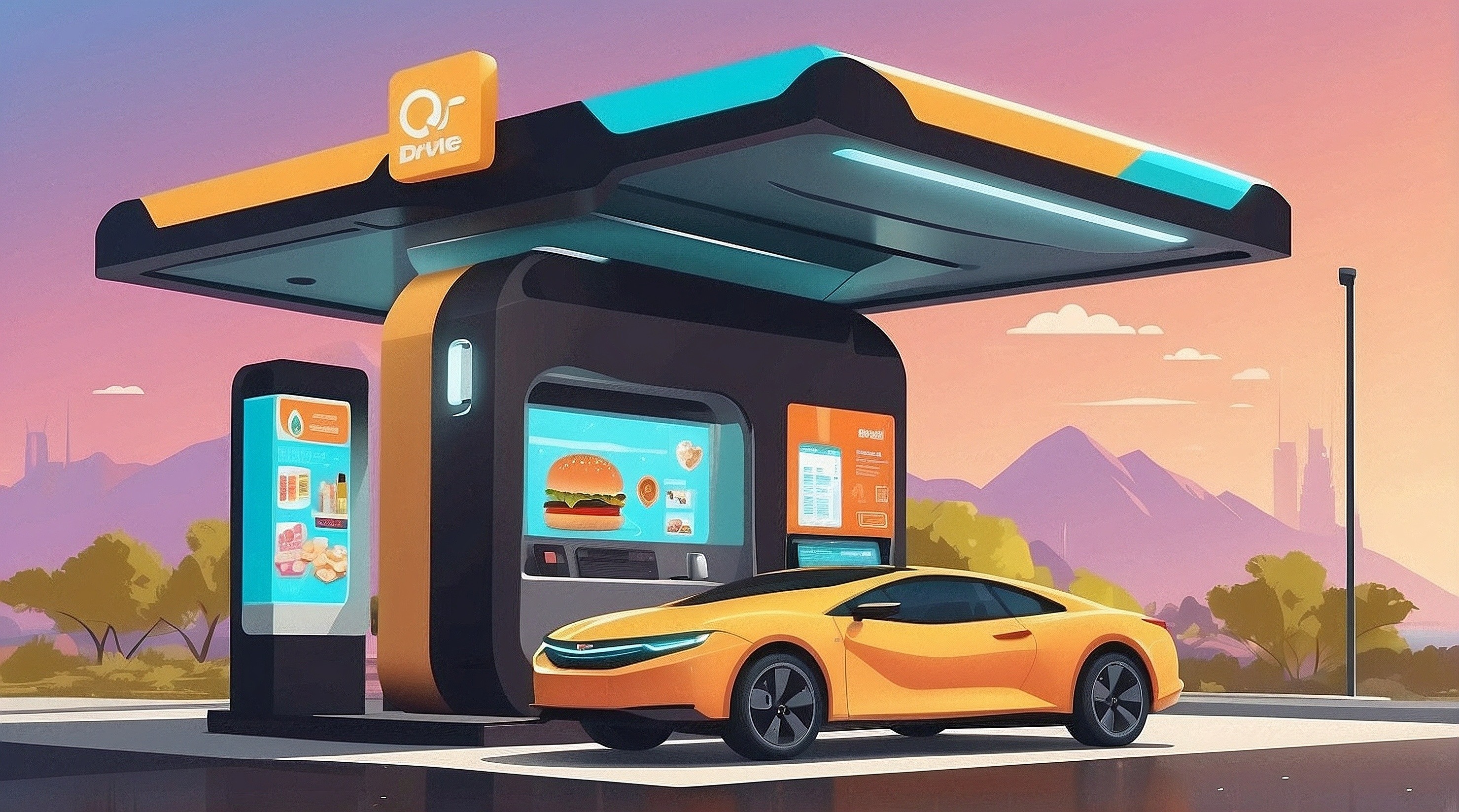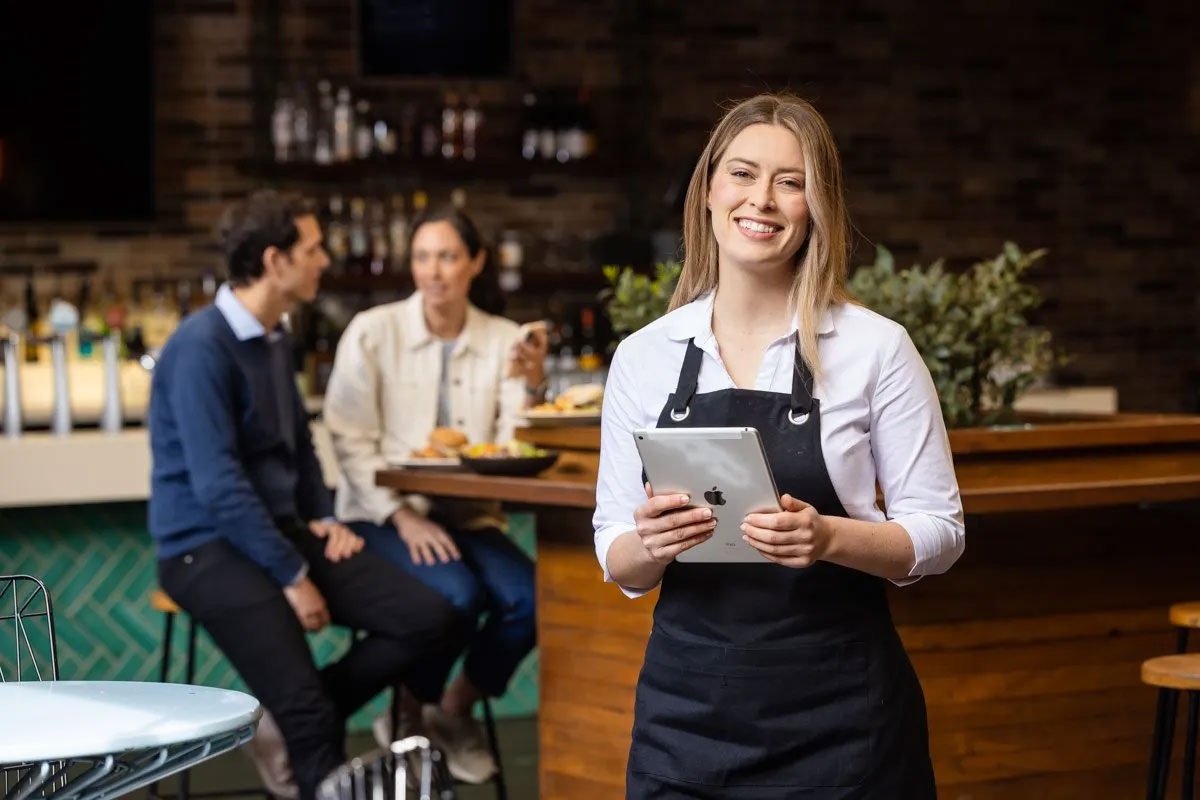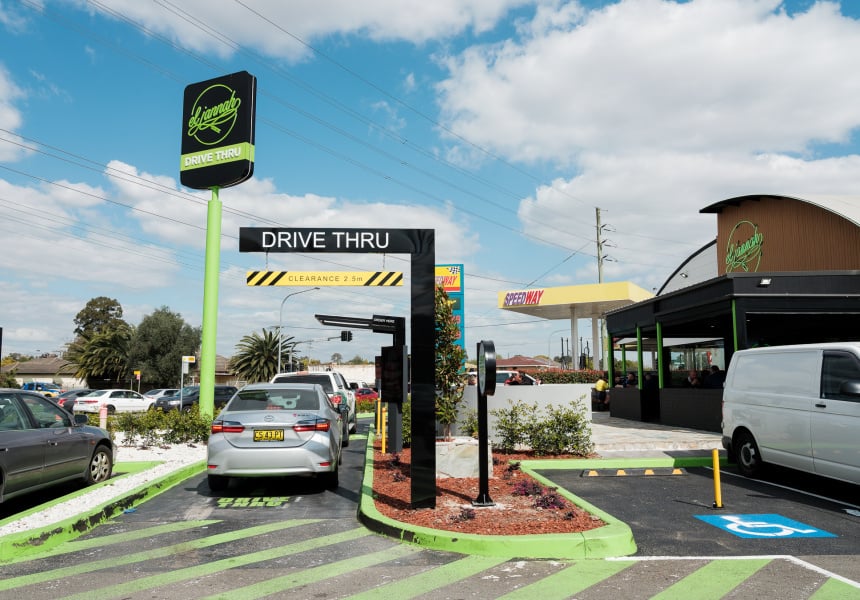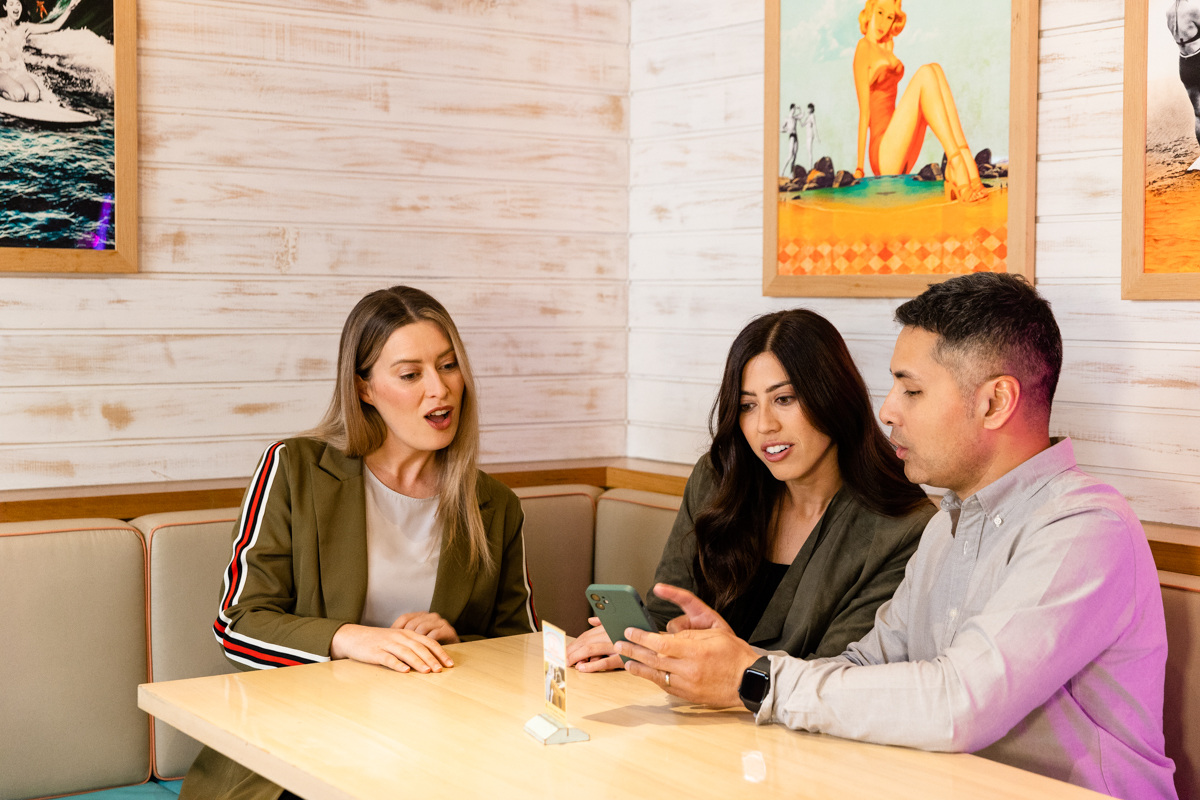The hospo top 10: Trends shaping 2023 for the hospitality sector
As we approach a new year, thoughts naturally turn to what lies ahead. Hospitality businesses move into 2023 with some pretty big challenges, but...
3 min read
Louie Scarpari : 25/07/2024 2:08:48 PM

QSR is a fast-paced, dynamic industry. Its consumers are demanding, always looking for ‘new and improved’, whether that’s on the menu, or in the technology they use to order and pay for their food and beverages. QSRs are therefore often at the forefront when it comes to the latest in tech for engaging with customers, taking orders and payment, and analysing consumer behaviours.
Here we look at five key hardware trends that are helping the QSR sector to become ever more efficient, understand their customers and to retain their focus on speedy customer service.
Many QSRs have long used kiosks as a way for customers to browse and select from the menu. But these typically had a separate payment terminal/card reader built in. With payment on glass, the customer simply taps their payment card or smart device wallet on the same glass screen they use to order their items.
Payment on glass gives the customer a seamless and intuitive experience and gets their order placed with the kitchen (and out to them) faster. For the QSR operator, payment on glass means one less device in the kiosk to manage, and sleek, aesthetically pleasing kiosks that complement their restaurants.
Along with integrated payment, kiosks are now able to recognise individual customers, understand their preferences and personalise their experience accordingly. Kiosks use AI for face recognition, voice recognition or biometrics (such as a fingerprint) to identify pre-registered consumers, in much the same way as their smartphone recognises them.
This opens up opportunities to present the customer with a personalised menu, based on their preferred or most recent orders, or even the time of day or the weather! The smart kiosk AI can offer tailored upsells, including new menu items the customer is most likely to want to try.
The customer’s loyalty card is part of their profile, so the kiosk can ask if they want to use points for their purchase and automatically update the card. When it comes to (non-points) payment, they can simply tap their payment card on the glass and have a receipt sent directly to their registered email address.
For QSRs, personalisation drives bigger orders, and digital receipts eliminate the need for printers in the kiosk. For customers, it’s a fun, fast and efficient way to place their order.
Just as a kiosk can use AI to recognise a person from their face, fingerprint or voice, at a drive-thru the same smart technology can be used with a camera to read their licence plate. The system identifies the drive-thru diner, and shows them a personalised menu, tailored offers and promotions, and their own loyalty card for earning or burning points.
The order gets to the kitchen faster, and cars move through the queue more efficiently, saving those vital seconds that make all the difference to the drive-thru experience.
Traditionally a drive-thru has a member of staff taking the orders, but with voice ordering, QSRs can automate the process for speed and efficiency. The customer simply speaks their order to an AI system, which interprets their words, presents the selection back to them for confirmation and places the order. The AI system can prompt for upsells too, and unlike a human will never get distracted and forget.
This helps the QSR to deploy staff into other value-adding roles and offers a fast and efficient service to the customer.
QSRs with table service are increasingly asking customers to order via an app, typically accessed via a QR code at the table. Now Near Field Communication (NFC) technology is enhancing the table ordering process even further.
An NFC tag at the table not only opens up the menu, allowing customers to place their order, but it also uniquely identifies the table, meaning that customer need to enter less information with their order, and there’s no room for errors and the food going to the wrong table.
Once they’ve ordered, customers pay through the app and receive a digital receipt. NFC for table ordering offers all the benefits of in-app ordering –tailored menus, personalised offers and rapid payment. But whereas some customers worry about fraudulent transactions with bogus QR codes, NFC is more secure. It requires much closer proximity, it uses encrypted communication and dynamic data, and it works with an invisible chip, not a printed QR code – enhancing security and reducing risk.
QSR is a sector that never stops innovating and moving. It’s a highly competitive world, where to stand still is to go backwards. So QSRs are embracing innovations in hardware technology and continuing to innovate to drive efficiency and deliver the best customer experience.

As we approach a new year, thoughts naturally turn to what lies ahead. Hospitality businesses move into 2023 with some pretty big challenges, but...

We love our drive-thrus

‘Phygital’ is a word that you are probably seeing more and more frequently. It’s a blended word, from ‘physical’ and ‘digital’ and is all about the...